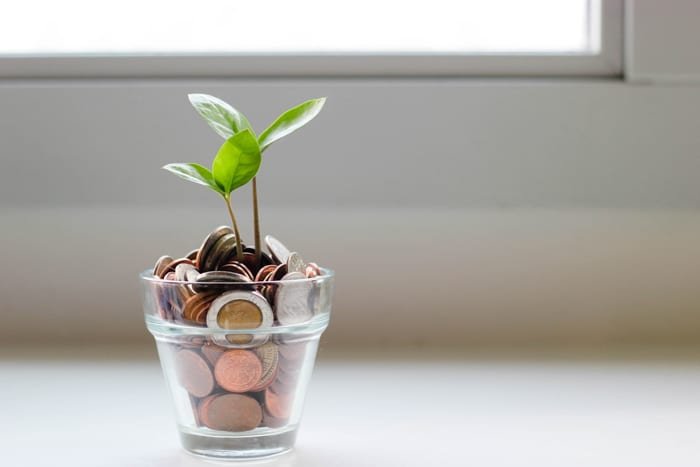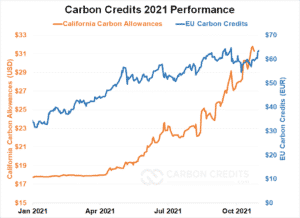NO DEAL! The clock is ticking on COP 26, and there’s no end in sight for the Article 6 agreements.
No rules – yet – for an expanded, global carbon trading market.
The summit didn’t officially end until Friday afternoon, and there’s always the chance of some overtime into the weekend.
An initial draft of an agreement is already making the rounds . . . but there’s something missing.
What about Article 6?
As with the previous Conferences of the Parties, agreeing on a framework for an international carbon trading market has proven more than a little thorny.
The holdup, as always, comes down to finances and figuring out what counts as a carbon offset.
Resolve those questions, the thinking goes, and regulators could potentially unleash a global market already worth millions of dollars per year.
The odd thing?
The markets aren’t waiting.
The very idea of regulators controlling an emerging market is ridiculous and ignores how markets typically work. Ahead of any final decision by the COP 26 negotiators, carbon credit prices are surging.
Australia notched a new high, even as the justice minister of Tuvalu gave an impassioned address to the COP.
Giving an address while knee-deep in the rising seas was a poignant touch, but there’s no guarantee the delegates at COP 26 heard him.
But the markets are already listening.
To live up to their potential, carbon offset prices need to continue to increase dramatically.
Most experts agree that prices need to be close to $150 per metric tonne in order to push companies to make the necessary changes. Is that far-fetched?
Evergrow just scored a 7-million-dollar seed round, leading the way for a growing wave of climate tech companies.
The California offset market is up 384% year-over-year. New initiatives are launching even as the negotiators struggle over minute details of the new regulations.
Business as usual for the COP, which failed to settle on a framework at the last two conferences in Madrid and Katowice.
Maybe the negotiators will pull through, and COP 26 will end in triumph, with a long-overdue framework for an international market.
There have been a number of surprises already, from China and the US agreeing on an emissions deal, to Brazil showing some willingness to negotiate on the issue of Kyoto-era credits.
But in the meantime, markets aren’t waiting. The VCM continues to grow, even as global warming pushes sea levels higher.
In other words, it’s also business as usual for the VCM.
Markets find a way, even when governments don’t.
COP 26 might have to go into overtime to strike a deal and the VCM is just beginning.


